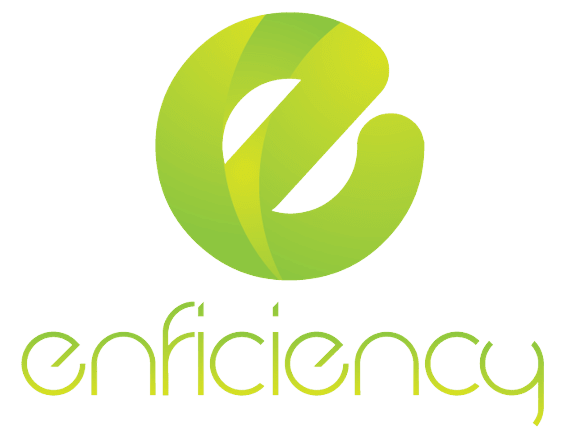
IOT Solutions

Efficiency identifies the building’s efficiency opportunities and recommends strategies to reduce energy consumption, costs, and carbon footprint. Our solutions are custom developed with practical efficiency opportunities to maximize the building's energy savings, comfort, and occupant wellness.
The intelligent application of smart IoT controls can drive efficiency and bring about the desired energy cost reduction. Implementing the IoT system involve determining the optimal lighting, cooling, and heating requirements in various parts of your building and setting appropriate parameters for delivery. These parameters are used as a basis for the installation of various sensors to control and deliver lighting, cooling, and heating.
Enficiency uses the most flexible and scalable wireless and wired products for building automation. Some of the sensors include occupancy sensors, entry sensors, air quality sensors, temperature sensors, light sensors and door, and window sensors, among others.
These sensors detect the presence or absence of people, air quality and temperature, light levels and adjust the lights and temperature accordingly. They also alert the management of any security and safety issues such as open doors and windows or air quality. These sensors provide automatic sensitivity, time adjustment and incorporate sophisticated analysis of the detected signals to improve operational reliability.
Here is what you can monitor/control with these sensors:
• Temperature
• Humidity
• Occupancy
• Air Quality
• Lighting
• Carbon Dioxide
• Doors & Windows
• Leaks
• Building Security
Smart sensors are very effective in spaces with variable occupancy patterns. These include offices, hotels, restaurants, colleges and schools, warehouses, storerooms, restrooms, loading docks, corridors, stairwells, office lounges, banquet facilities, and conference rooms.
When used strategically, these sensors can be a cost-effective tool for reducing energy costs, increasing occupant comfort and increasing the safety and security of the building. A properly designed system can reduce energy consumption by 50% or more. When combined with LED retrofit, the savings may exceed 70% or more. Bear in mind that the savings tend to vary due to many variables such as utility rate structure, building use patterns, peak demand patterns, manual intervention by staff, etc.
Smart sensors can also be used to meet codes and standards—including ASHRAE which increasingly require some method of automatic lighting control for new construction and renovations. They can be easily adopted in existing facilities without tearing down walls as well as incorporated effortlessly in new construction.
Get In Touch
Send us an email
[email protected]Other website
enficiency.com/Send Us A Message
Send us a message, and we will reply as soon as possible.
